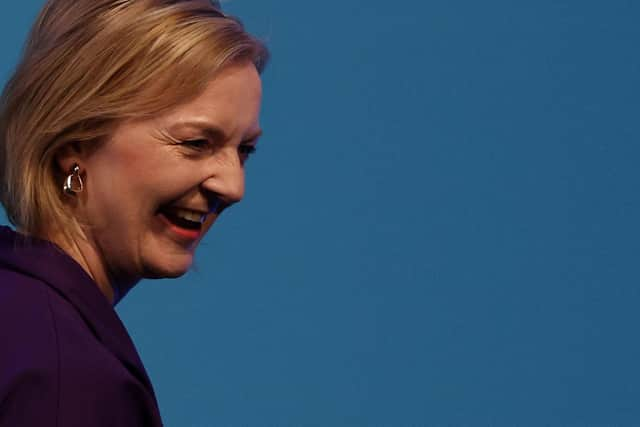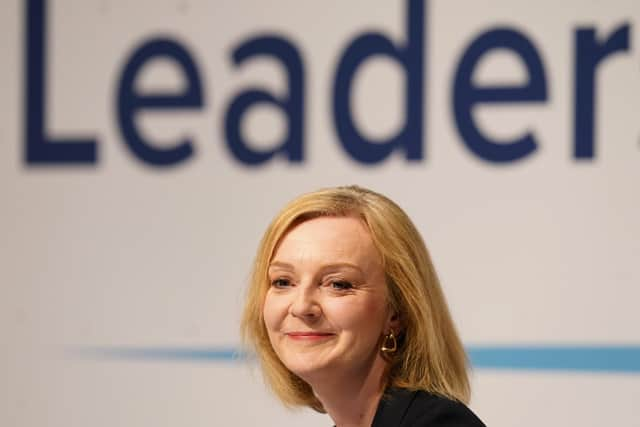Liz Truss: How did the foreign secretary win the race to replace Boris Johnson as Prime Minister?
Despite planning to run to replace Boris Johnson months prior to his downfall, the foreign secretary won through a campaign of patience, restraint and party loyalty.
This combined with a campaign aimed at members, rather than the country, has helped the Tory party record its third female prime minister.
Advertisement
Hide AdAdvertisement
Hide AdWhen Mr Johnson announced he was standing down on July 7, Ms Truss decided to remain at the G20 summit in Bali.


This gave the impression of public service over joining the feeding frenzy, and support for Mr Johnson.
This was a theme throughout her role in Government, never joining in the chorus of criticism for the Prime Minister, not even in briefings.
Backing Mr Johnson was also a constant through the campaign, with Mr Truss refusing to be drawn on his failings.


This was appreciated by Tory members, many of whom quite vocally blamed former chancellor Rishi Sunak and the media for forcing him out.
Her pitch was also simple, described as “Boris without the tax rises”, therefore representing a clear continuity candidate.
She focused on Tory principles of low taxes, hard work and promising a “great Britain”.
Despite supporting Mr Sunak’s tax cuts in Government, opposing them spoke to Tory members.
Advertisement
Hide AdAdvertisement
Hide AdHer message was consistently positive, even accusing Mr Sunak of project fear, as Ms Truss sought to follow the relentless optimism approach that served Mr Johnson so well.
Ms Truss’s team was also well organised, mobilising quickly to try and discredit rival Penny Mordaunt after her strong start to the campaign.
Lord Frost accused Ms Mordaunt of failing to "master the necessary detail". Anne-Marie Trevelyan, Ms Mordaunt’s superior at the trade department, claimed she skipped meetings to prepare her leadership bid.
Such attacks always came from allies of Ms Truss rather than her directly, again making her seem to rise above the more vocal attacks from Mr Sunak.
Then there were her supporters, with Ms Truss backed by the majority of the Cabinet she served in, across multiple factions.
The foreign secretary framed herself as the continuity candidate, dismissed the warnings of Mr Sunak over the public finances, and won by telling members what they wanted to hear.
Comments
Want to join the conversation? Please or to comment on this article.

